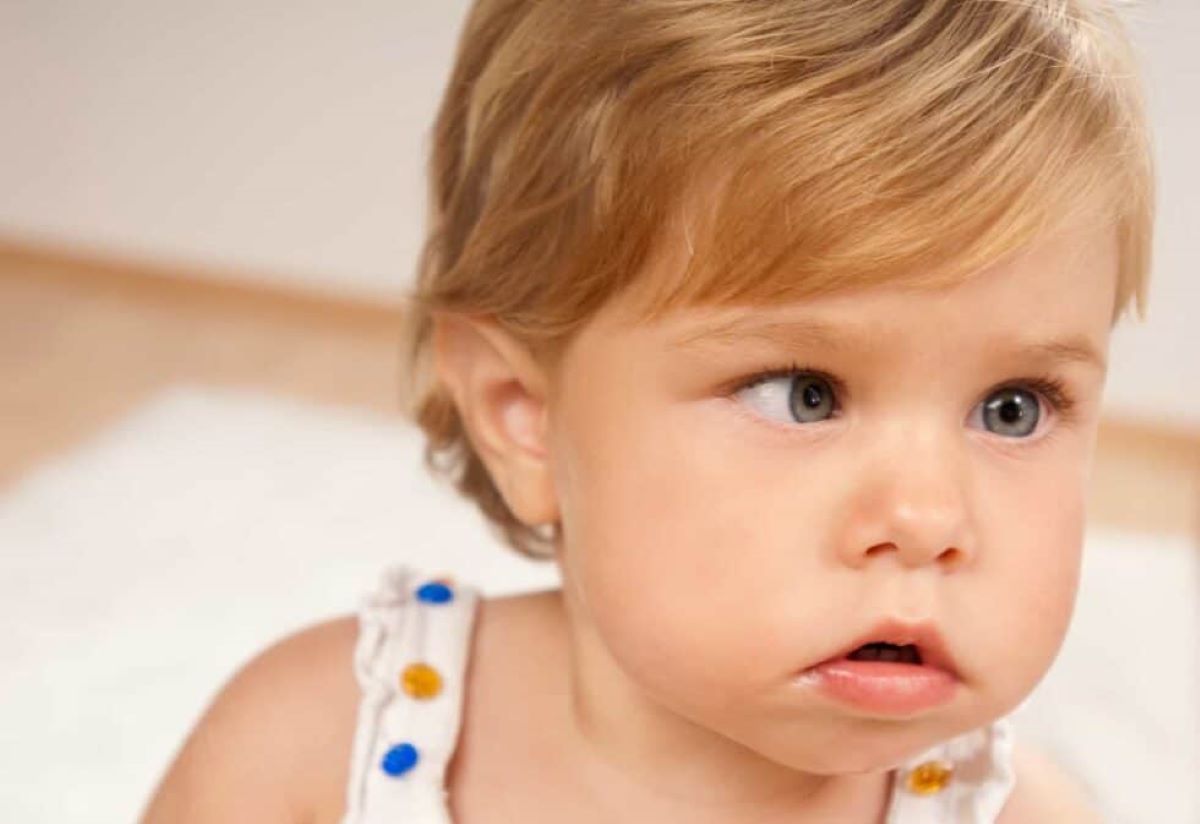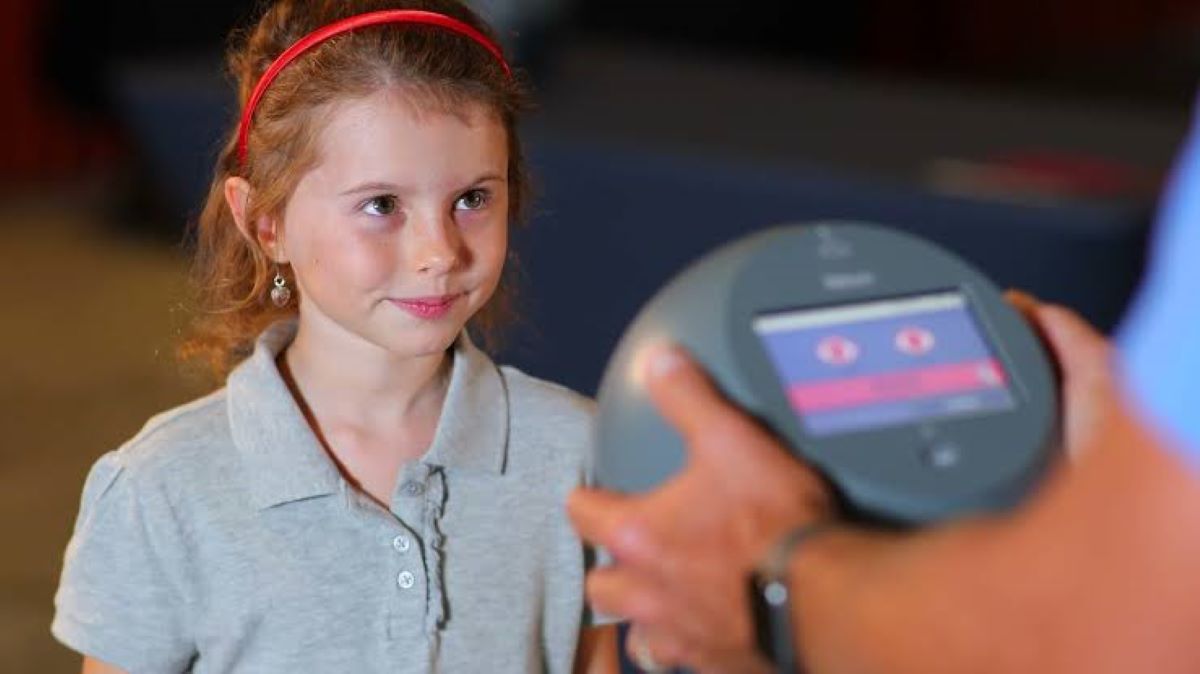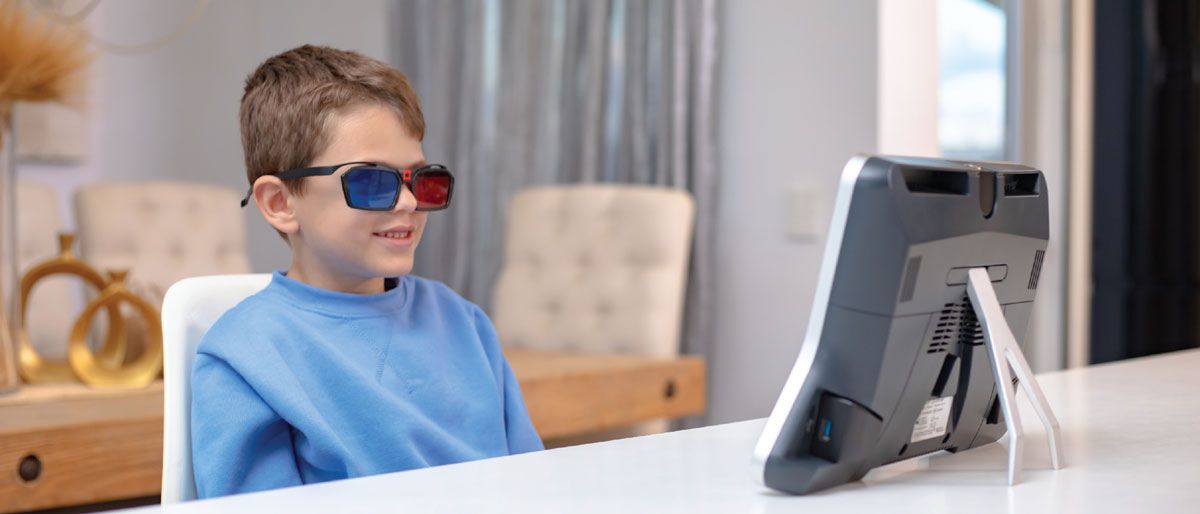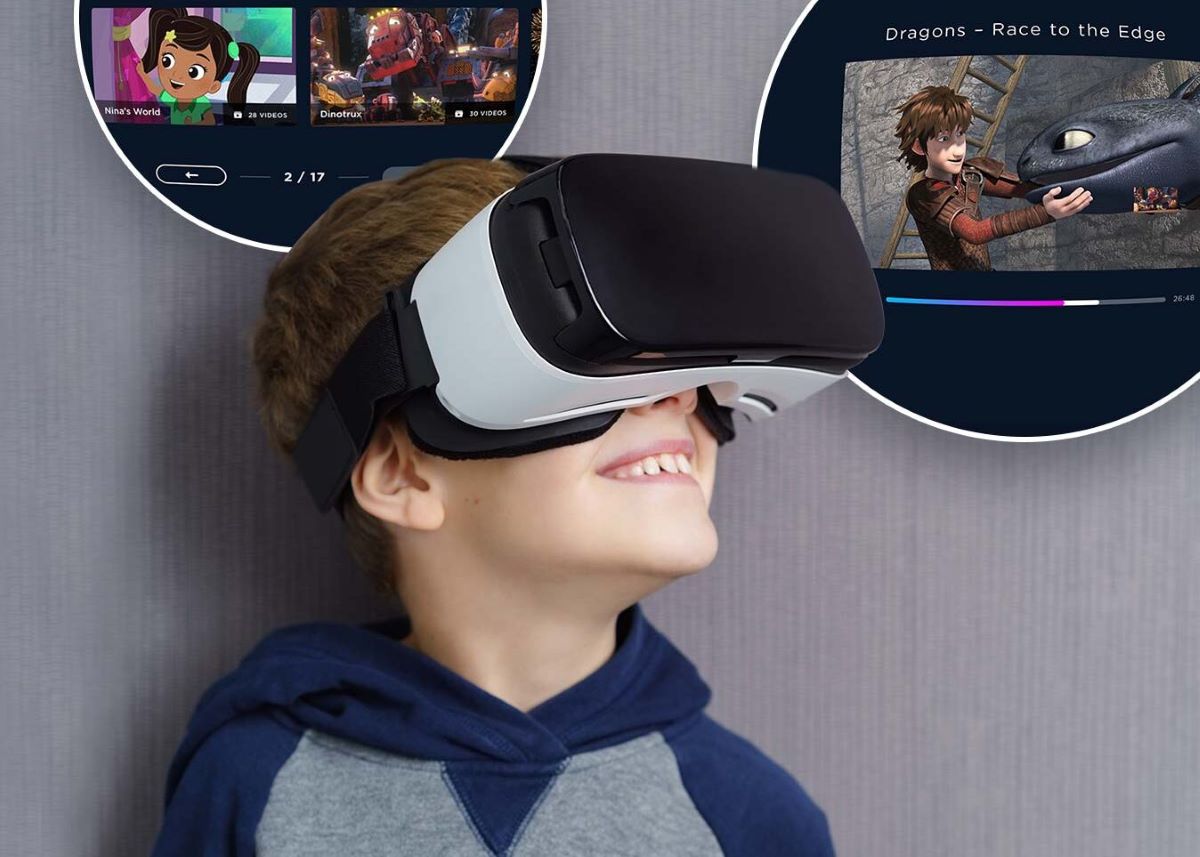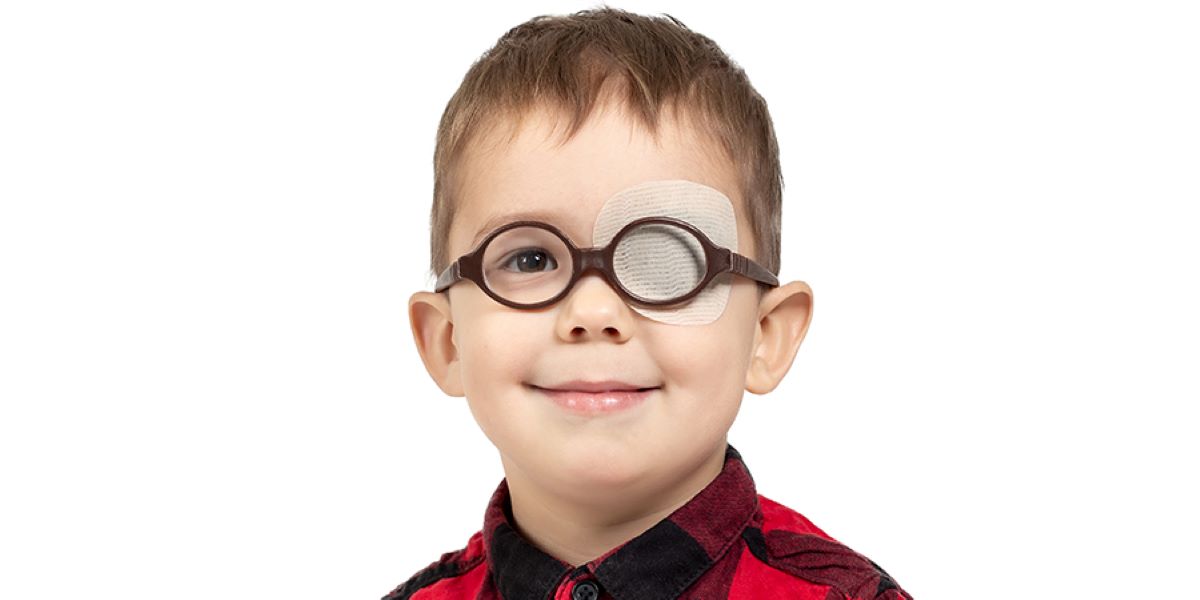When Is It Too Late to Treat Lazy Eye?
Thanks to the latest breakthroughs in optometry, anyone impaired by lazy eye now has more options to cure their ailment than ever – whatever stage it may be at.
The future of lazy eye treatment looks promising because of the new therapies emerging for this vision condition affecting children and adults. New high-tech options now add to traditional approaches in diagnosing and treating lazy eye.
In this article, we’ll tackle the various issues about lazy eye concerning diagnosis and symptoms, causes, traditional therapies, high-tech treatments available, and how to gain the best results.
First – what is lazy eye?
Lazy eye or amblyopia is a condition that causes poor vision, usually because one eye is stronger than the other. Amblyopia reportedly affects 5.8 – 11.6% of the US, Western Europe, and Australian populations.
The problem worsens if untreated since the brain and the weaker eye do not communicate well.
Lazy eye is also the most common cause of vision impairment in children. According to the Centers for Disease Control and Prevention (CDC), up to 3 out of 100 children have it.
Amblyopia typically develops from birth up to the age of seven. It usually affects only one eye, which tends to wander inward or outward due to its weaker or “lazy” state.
The good news: lazy eye can be treated at all ages
For children and teenagers
Contrary to popular belief, recent National Eye Institute (NEI) research shows we can now treat amblyopia effectively in children, teenagers, and adults. The study included 507 children between the ages of 7 to 17.
Results showed:
- 53% of 7 to 12-year-olds had improved vision following treatment.
- 47% of 13 to 17-year-old children also gained improved eyesight.
For adults
For adults, we turn to binocular vision therapy. This has proven effective for treating the suppression for improved eye coordination and binocular vision.
Adults with amblyopia can look forward to more effective treatments, as the FDA has approved a “prescription vision-training” software. It uses visual exercises involving gabor patches to stimulate the brain’s visual cortex, improving its processing of incoming visual data.
Clinical studies have shown that adults undergoing treatment have an average improvement of 2.5 lines on a visual acuity chart, a 100% improvement in contrast sensitivity, and a significant improvement in stereo acuity.
The technology has also been shown to improve vision in conditions such as congenital nystagmus and helps patients with difficult neuroadaptation after cataract surgery.
What are the latest lazy eye therapies out there?
Latest high-tech therapies for lazy eye are leading to a radical approach in treating amblyopia as a “two-eye problem” instead of just a “one-eye problem”.
It has been the gold standard treatment for amblyopia to suppress the use of the stronger eye to force the brain to use the weaker eye – primarily through eye patching and atropine drops.
Both patching and eye drops work similarly. They penalize the better eye to force the weaker eye to function by itself. The patching therapy puts a patch over the eye, while eye drops offer an alternative solution with a lower impact on quality of life.
Other conventional treatments for lazy eye include bifocals (corrective eyeglasses or lenses), surgery, and vision therapy. The latter combines eye exercises and activities to help improve vision in the weaker eye.
The latest optometry innovations in treating lazy eye are focused chiefly on vision therapy, applying new technologies that involve high-tech devices to help encourage both eyes to see the way they should.
1. Vision scanners for diagnosing lazy eye
Unlike traditional treatments, the latest technologies in vision therapy, like the high-tech vision scanner, are deemed promising since they directly detect amblyopia.
Drawbacks of conventional eye patching and eye drops include that these approaches don’t train the eyes to work together, they produce notoriously poor compliance, and they can stigmatize the child among their peers. In addition, these approaches fail to restore normal visual function in many children.
Another issue with traditional approaches is that they rely on detecting vision problems that may “lead to amblyopia” rather than detecting amblyopia itself.
A new handheld vision scanner uses a laser probe to detect an early sign of amblyopia called abnormal bifoveal fixation. The vision scanner detects abnormal bifoveal fixation as small as one degree. After testing, the device provides a “pass” or “refer” signal.
2. High-tech eyeglasses
High-tech glasses were recently developed in Israel as part of a “binocular, eye-tracking-based, digital vision-treatment system.” They are intended for amblyopia patients ages 4 to 9. These glasses provide eye-tracking functions that monitor a child’s gaze when watching a video through special glasses.
The system blurs the visual center of the image being seen by the stronger eye, forcing the brain to incorporate information from the weaker eye. This system gets the patient’s vision to rely more on the weaker eye while training the two eyes to work together.
3. Virtual reality goggles
A new prescription digital therapy software for VR headsets takes a novel approach to treating lazy eye. The software generates therapeutic visual stimuli and delivers them to the patient through a virtual reality headset, using the eyes to stimulate the brain.
The software algorithms present the images differently to each eye and stimulate parts of the brain responsible for vision.
Compared to an awkward eye patch or numbing eye drops, the VR headsets allow children to watch their favorite videos to improve their vision. The software algorithms rebalance input between the eyes and encourage the brain to combine the images from both eyes.
What causes lazy eye?
In most cases, doctors don’t know the cause of amblyopia. Yet, the condition develops due to abnormal visual experience early in life that changes the nerve pathways between a thin layer of tissue (retina) at the back of the eye and the brain.
Since the eye with weaker vision receives fewer visual signals over time, this leads to a decrease in the ability of both eyes to work together. As a result, the brain begins to suppress or ignore input from the weaker eye.
The American Optometric Association (AAO) identified the following as causes and risk factors of amblyopia:
- Failure to get a comprehensive eye exam to detect the condition early
- A high prescription that has gone uncorrected
- Family history
- Premature birth
- Eye turn—also called strabismus (one eye turned out or in)
- Visual deprivation of one eye—congenital cataract, ptosis, or corneal opacities
- Large refractive errors
How is lazy eye diagnosed?
Until it becomes severe, amblyopia may be challenging to detect. Most kids with lazy eye won’t complain of vision problems, but some will have noticeably poor depth perception.
In addition, children with lazy eye often lack the awareness that having clear vision in one eye and poor vision in the other is not typical. As a result, the condition can remain untreated and persist into adulthood.
Some early warning signs include:
- Tripping often or accident prone
- Eyes that appear not to work together
- Double vision
- Squinting or shutting an eye
- Head tilting
- Rubbing eyes often
- Slow reading speed and fluency
A lazy eye can also result from various vision problems, including:
- Strabismus (when one eye wanders or crosses)
- Uneven visual focus that is caused by nearsightedness, farsightedness, or astigmatism
Early treatment is more effective for lazy eye
In conclusion, early treatment of lazy eye is vital to success since it takes advantage of the brain’s adaptability at a young age. Besides conventional therapies, even the latest treatment options are geared toward younger kids.
The theory behind the urgency is that at younger ages, connections between the eye and the brain are still developing. The brain is more adaptable at this age.
Adult amblyopia patients, however, need not worry that they can no longer be healed because of their age, even if the most common therapies do not work effectively for them. Newer vision therapy protocols are beginning to break age barriers.
References
- “How to Correct a Lazy Eye”, Healthline Media.
- “What Is Lazy Eye?”, Optometrists Network.
- “Common Eye Disorders and Diseases”, Center for Disease Control and Prevention.
- “Strabismus”, MedlinePlus.
- “Amblyopia (lazy eye)”, American Optometric Association.
- “Are patches the answer to amblyopia?”, American Optometric Association.
- “Atropine for amblyopia”, Department for Health and Wellbeing, Government of South Australia.
- “Lazy Eye Surgery Facts”, American Academy of Opthalmology.
- “Vision Therapy for Lazy Eye”, Optometrists Network.
- “Until What Age Can a Lazy Eye Be Treated?”, Optometrists Network.
- “New Research for Adults with Lazy Eye”, Optometrists Network.
- “Computer-Based Primary Visual Cortex Training for Treatment of Low Myopia and Early Presbyopia”, National Library of Medicine.
- “Congenital Nystagmus (Infantile Nystagmus)”, Medscape.

Written by:
Shu Kie











